This post continues to examine the macro trends that are shaping the Kitchen of the Future, and how major manufacturers like GE, Miele, Electrolux, Whirlpool and Ikea are planning to accommodate them. Of course successful translation of their visions into reality depends in large part on advances in research. But I have to say, having a holographic dinner party sure sounds fun!
Sustainability & Wellness – Recognizing the pressure on the world’s limited resources, leading manufacturers are racing to develop appliances that maximize energy & water efficiency while reducing waste. There are also initiatives to improve a home’s lighting, acoustics and indoor air quality (IAQ) to enhance the wellbeing of the household.
A paper by Maurie Cohen from the New Jersey Institute of Technology recommends balancing a home’s total material consumption – from virgin material to product manufacture, through demolition and final disposal – against environmental concerns, social factors and global resource issues. In that vein, a maximally sufficient home for a single person is pegged at 215 SF and 860 SF for a family of 4. Though much smaller than current US homes, this guideline is ‘luxurious’ compared to building codes in the US and many other countries which consider 150 SF and 450 SF to be minimally sufficient for a 1 and 4 person home respectively. Sustainability and financial concerns contribute to the growing interest in smaller homes, which in turn spurs the need for more compact multi-functional appliances.
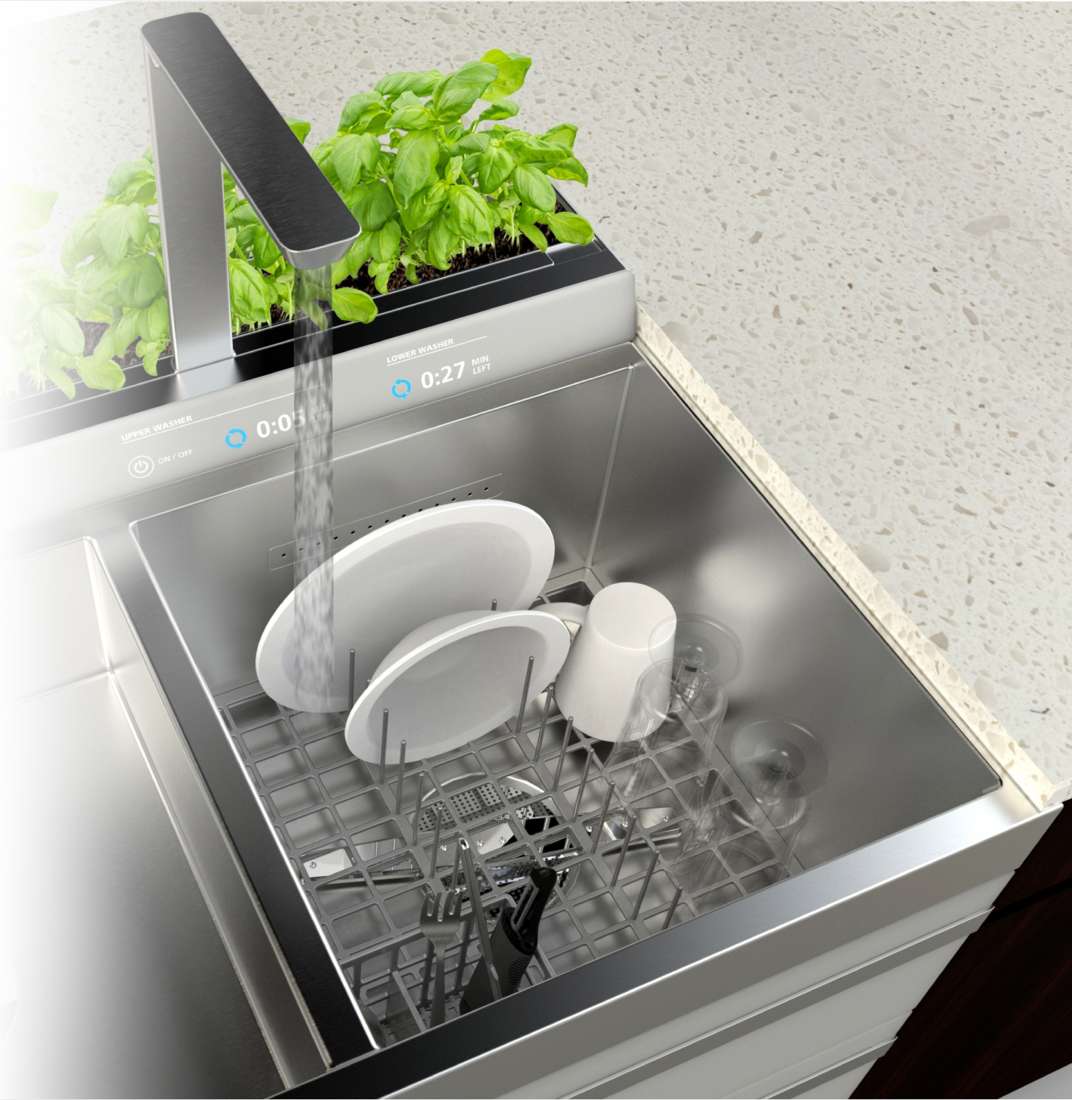
The sink of the future is packed with a slew of sustainability and healthy living features. During food prep, washing fruits and veggies in the smart sink will detect the amount of bacteria or toxins present. After dinner, the sink is transformed into a small-load dishwasher to conserve water and energy. Under the sink is a full size dishwasher and a produce storage drawer, chilled by an evaporative cooler, whose energy waste is cleverly harnessed for the dishwasher’s pre-rinse cycle.
GE, Ikea and Miele all believe the focus on hyper fresh produce will lead to urban farming inside one’s home. Gray water from the sink and dishwasher will be used to irrigate plants, and food waste will be turned by a food compactor into compost pellets. GE and Ikea’s versions range from modest micro gardens by the sink to living walls covered with aeroponics, hydroponics and soil plantings. Taking a different tack, Hyundai came up with a hydroponic fridge that also acts as an air purifier for Ikea’s 2040 concept kitchen. Miele sees the use of special glass in the exterior walls and roof to collect solar energy, power appliances, and mange crop cultivation via computerized systems. It even predicts in-wall aquariums for aquaculture of sea vegetables, fish and shellfish by 2063!
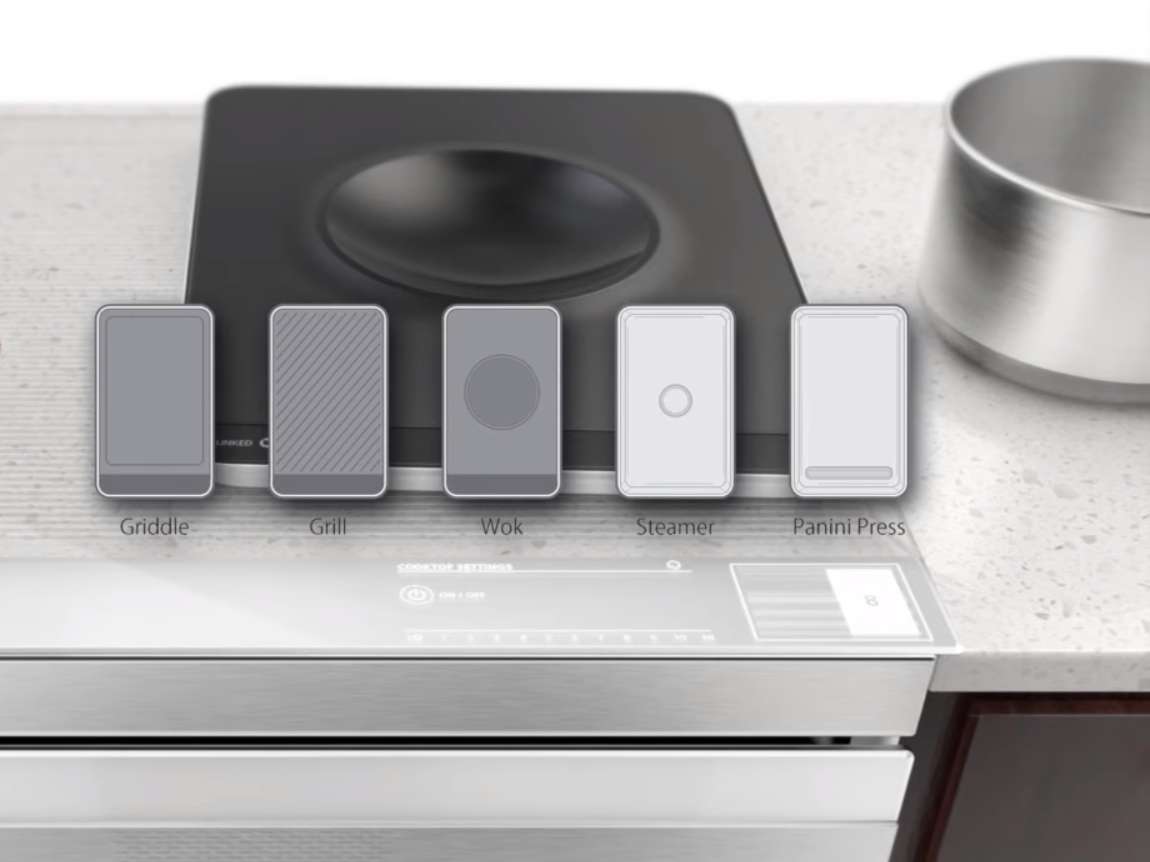
Although multi-function appliances are popular in Europe, the trend hasn’t taken hold in the US as space is generally not an issue in American homes. In anticipation of the shrinking kitchen, GE proposes an all-in-one induction cooktop that can be converted into a griddle, wok, grill, steamer or panini press with use of space-saving modular accessories.
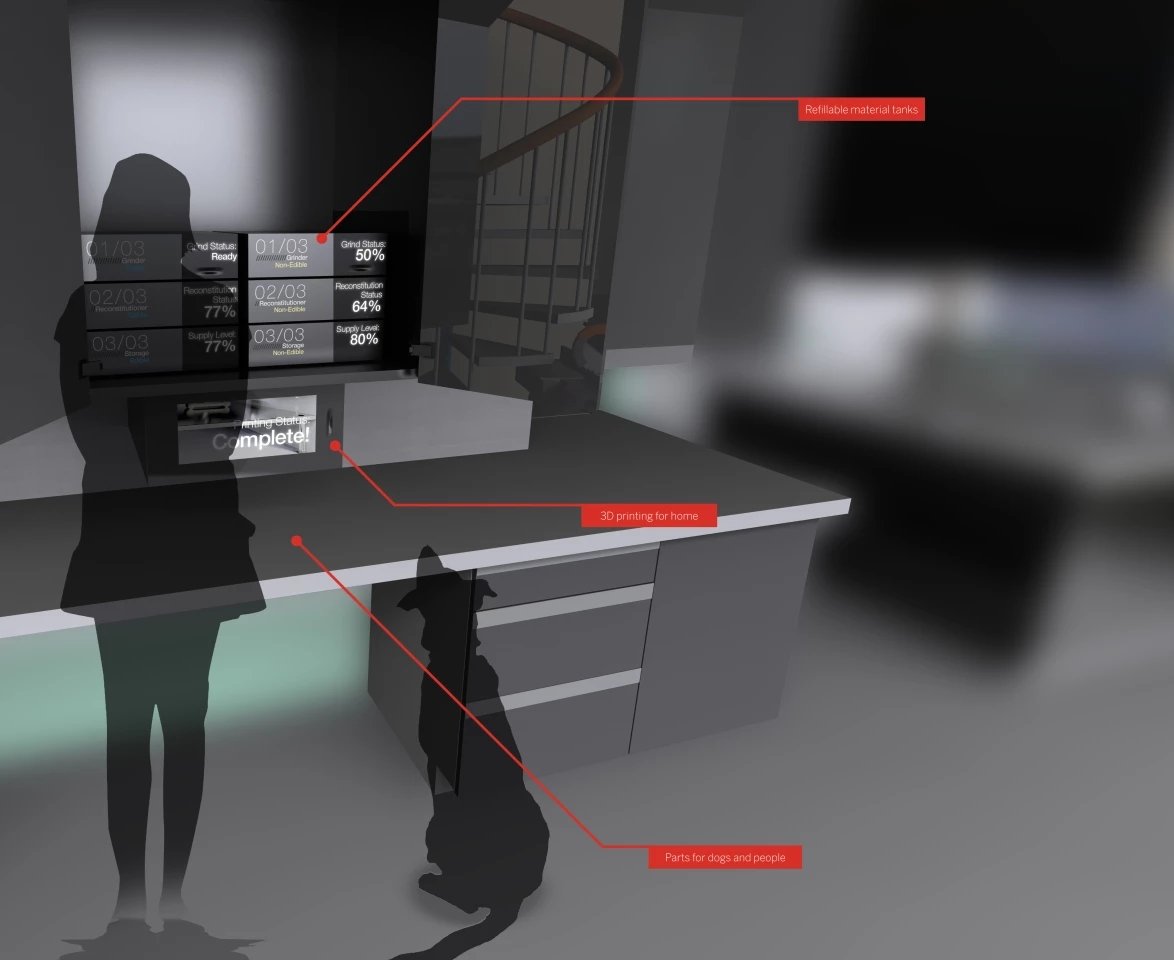
Ikea, Miele & GE all see 3D printing as a natural progression in the fight to minimize waste in food and non-food production. Aside from printing up healthy meals on demand, the printers are expected to make everything from clothes to dog bones customized with Fido’s name! GE went one step further with its integrated printer-recycle station so left overs and discards can be ground up and reused to eliminate production waste.
Smart Technology – The Internet of Things (IOT) has spurred the explosive growth of smart devices from light bulbs to door bells, and appliance manufacturers are developing technologies and products that promise to automate or streamline chores, minimize waste, promote healthy living and enhance social experiences.
One technology increasingly used with smart kitchen devices is Radio Frequency Identification (RFID). RFID tags track and provide data to connected devices which control the handling and storage of groceries or prepared food items. The smart fridge will scan tagged foods to detect expiration dates, send alerts, provide recipe ideas and grocery lists to the owner.
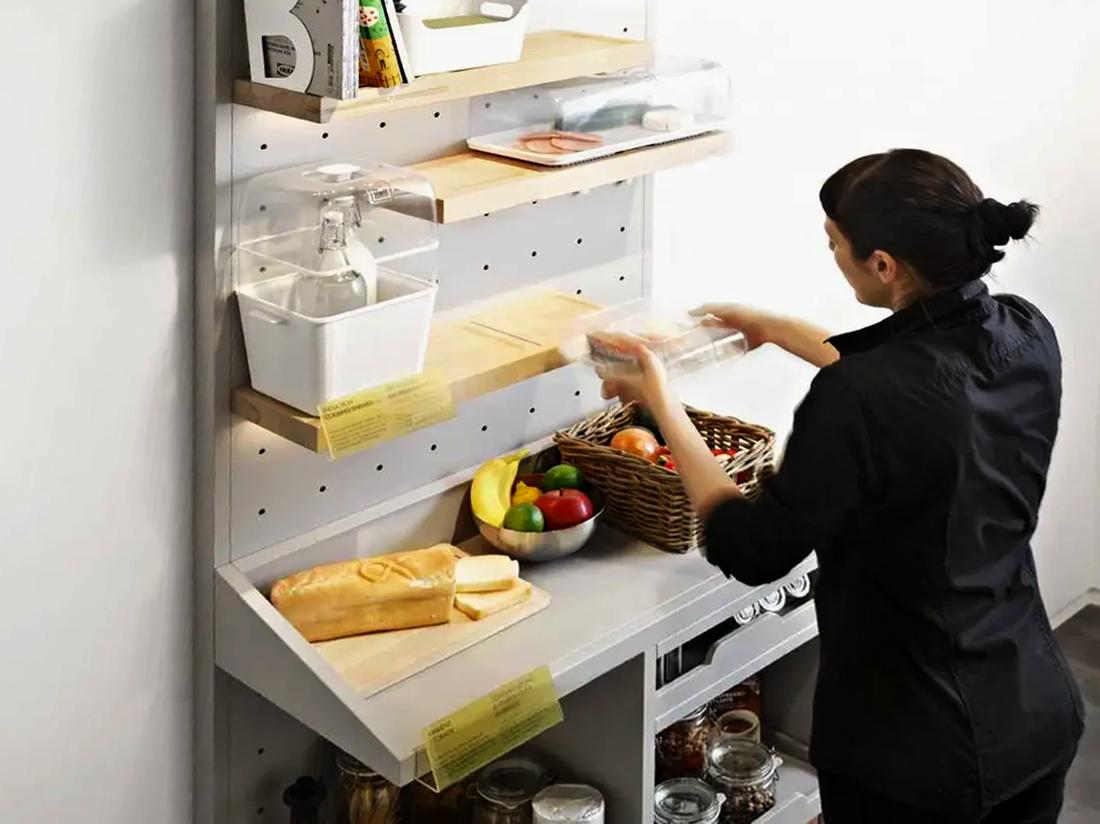

Ikea’s proposal is more experiential. Instead of rummaging in a cavernous fridge, it advocates displaying and storing food in special glass containers on smart pantry shelves. This makes it easy to see what’s on hand and minimize spoilage or over buying. RFID stickers on the packaging work with sensors on the induction-cooled pantry shelves to keep food at maximum freshness.
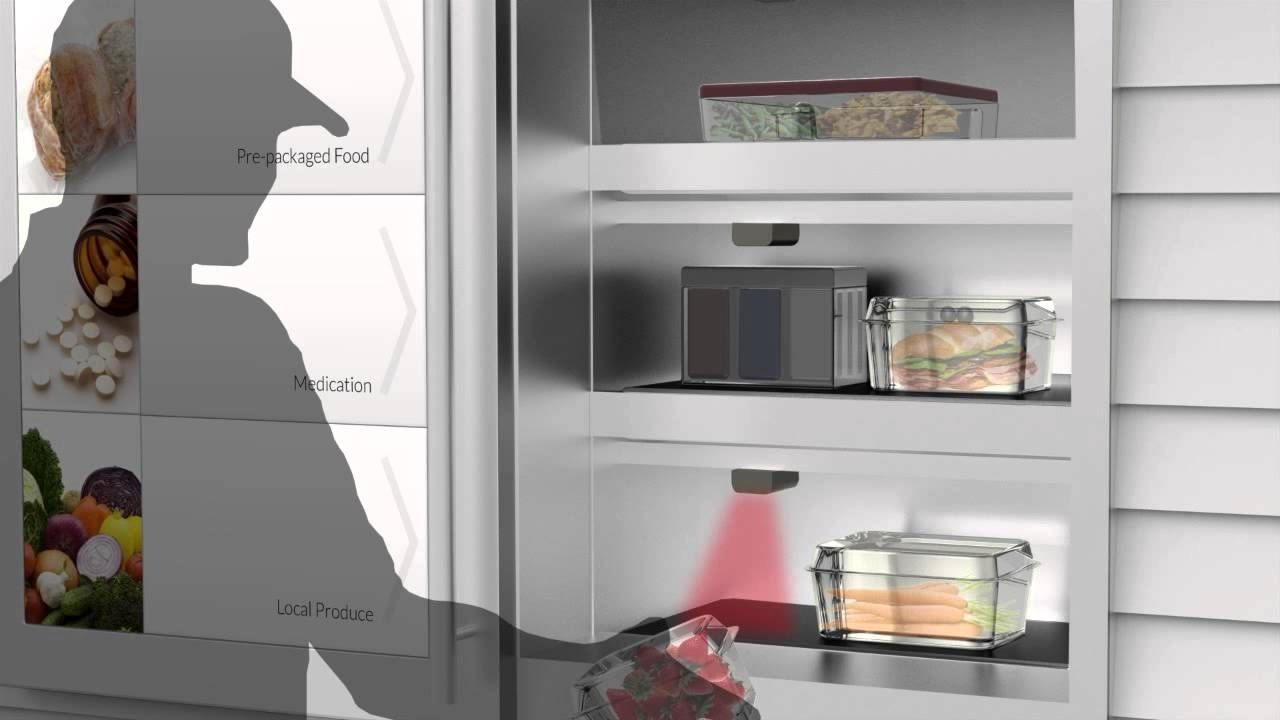
The expectation is that food, like other consumer goods, will be delivered when needed. GE envisions RFID-equipped smart lockers accessible from both the street and home to be commonplace. This enables groceries, prepared food and medications to be dropped off without anyone present. The Store and Dispense cabinet will sort and stow away packages at the appropriate temperatures based on their RFID tags. Come dinner, it also slices and dices, dispensing the prepped food for cooking!
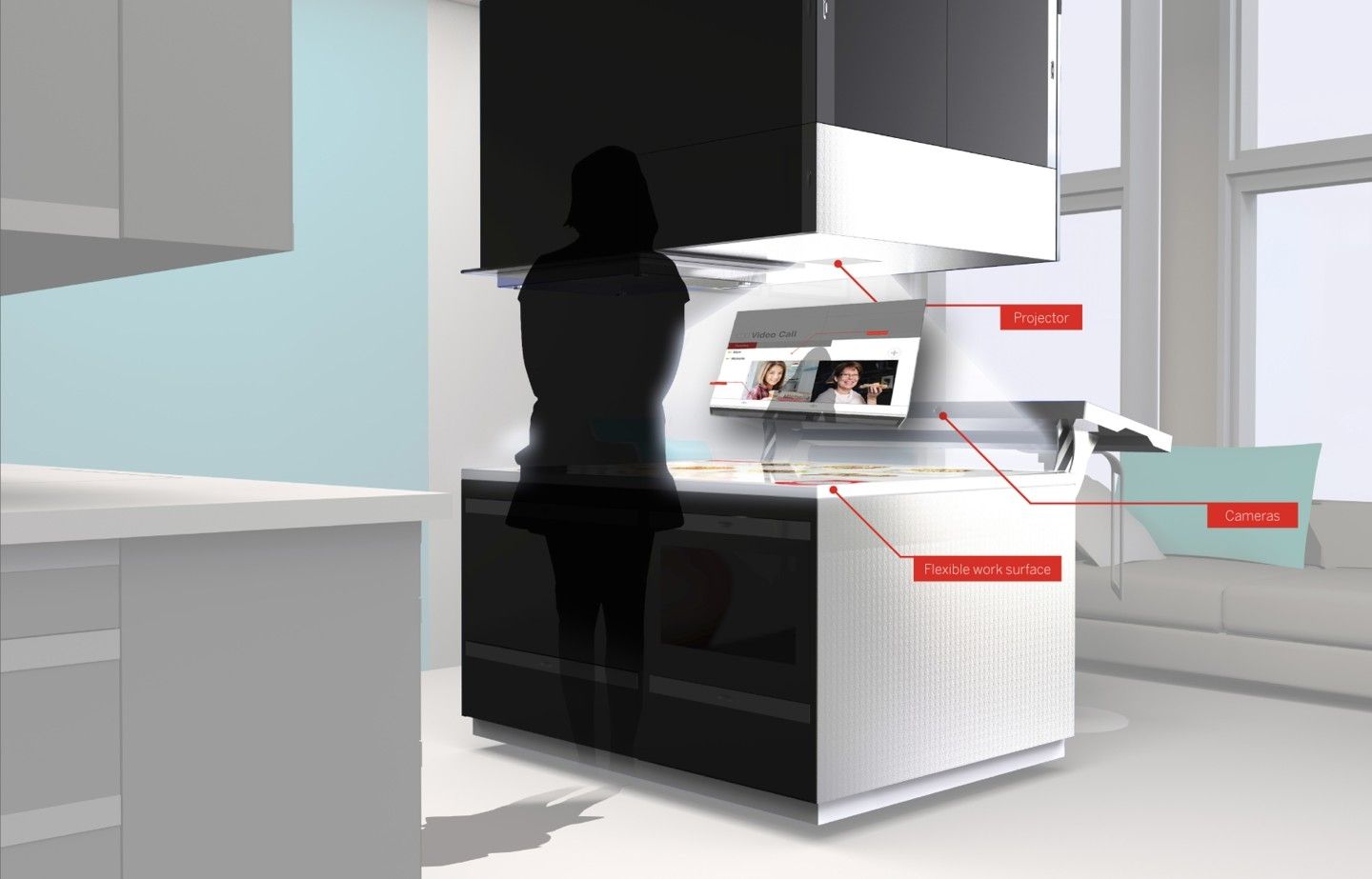
GE, Electrolux and Ikea are all promoting different versions of the kitchen as cooking and entertainment centers, supporting everything from social networking to virtual cooking classes. Induction cooking that can be done anywhere on the counter top is a popular idea. GE and Ikea both embrace smart work surfaces outfitted with cameras and projectors that can recognize food items, as well as recommend menus based on available time and ingredients.
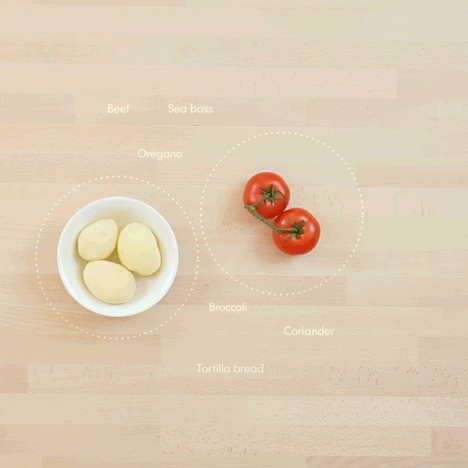
Ikea promotes digital furniture equipped with Casual Technology whose functions pop up only when needed. The interactive table is a food prep station that can display recipes, identify, weigh, and measure ingredients, turn into a flexible induction cooktop to make the meal, and then serve as a dining, work or play area depending on the family’s need throughout the day.
Last but not least, augmented reality (AR) and virtual reality (VR) are the brave new frontiers in the kitchen world. AR is just starting to crop up as a cooking aid for next gen smart ovens. While it will take some time to perfect the technologies, Miele is looking past AR and VR to holographic cookbooks and dinner parties by 2063!


